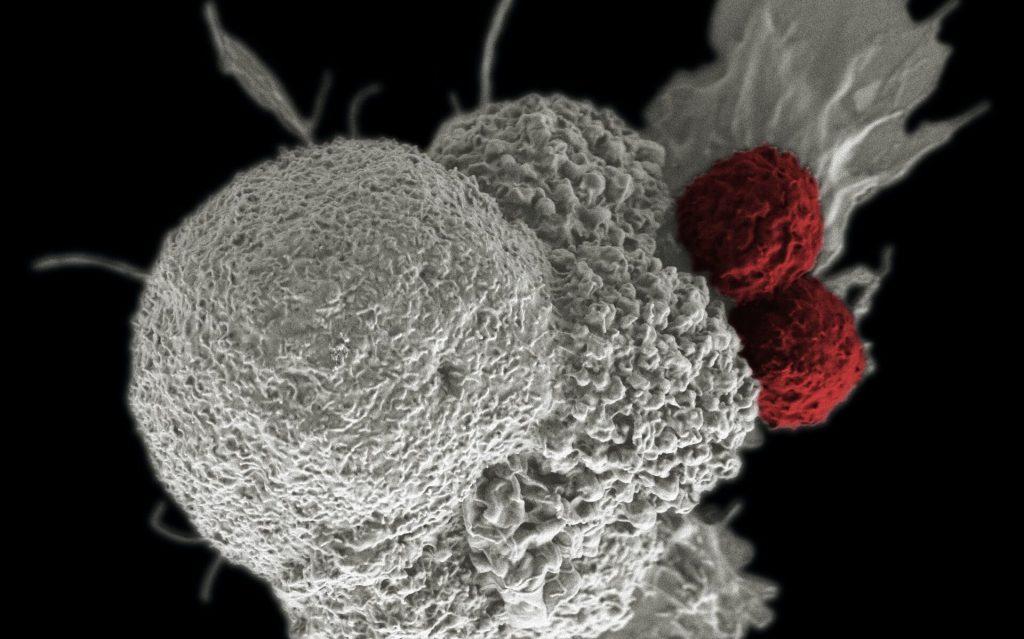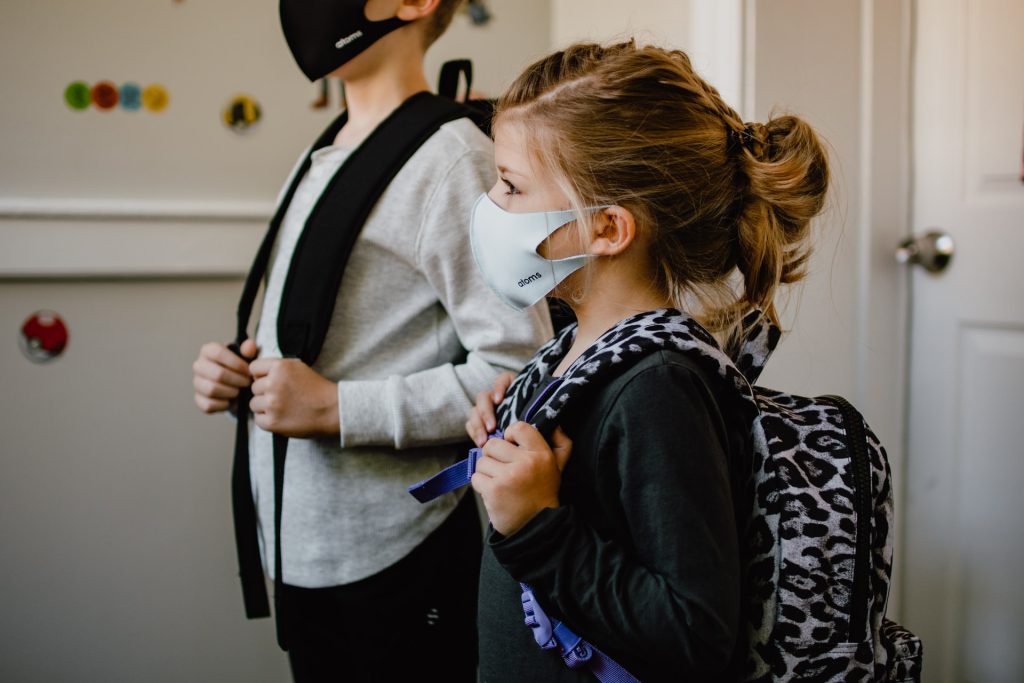Little to No Link Between Glaucoma and Cognitive Function

Previous studies looking for an association between the neurodegenerative disorder glaucoma and cognitive function have produced mixed results. Now, findings from a large study recently published in the Journal of the American Geriatrics Society suggest that any association, if it exists, will only be small.
Glaucoma, the leading cause of irreversible blindness, is a progressive optic neuropathy with incompletely understood pathogenesis that results in progressive vision loss, often beginning with peripheral visual field defects. As a neurodegenerative process, glaucoma is associated with trans-synaptic degeneration in the brain, specifically in the lateral geniculate nucleus and visual cortex. Some prior studies have suggested that the pathogenesis of primary open angle glaucoma (POAG) and normal tension glaucoma (NTG), specifically, may be part of a broad neurodegenerative mechanism with ocular and non-ocular manifestations. Evidence also suggests that impaired vision is associated with a significant increase in the risk of accelerated cognitive decline and incident dementia. Therefore, there is interest in measuring an association between glaucoma and dementia.
The study included 7073 US adults aged 51 years and older who were interviewed by phone every two years. Those who developed glaucoma tended to have higher cognitive function scores but steeper rates of cognitive score decline over a maximum follow-up time of 18 years. The observed associations between glaucoma and cognitive function were small and unlikely to be clinically meaningful.
“In this large longitudinal study, a diagnosis of glaucoma was not associated with steeper rates of cognitive decline; however, this study did not have access to clinical data to determine whether glaucoma-related vision loss is a risk factor for cognitive decline and dementia,” said senior author Joshua R. Ehrlich MD, MP, of the University of Michigan Medical School. “This is an important question for future studies to consider.”
Source: Wiley







